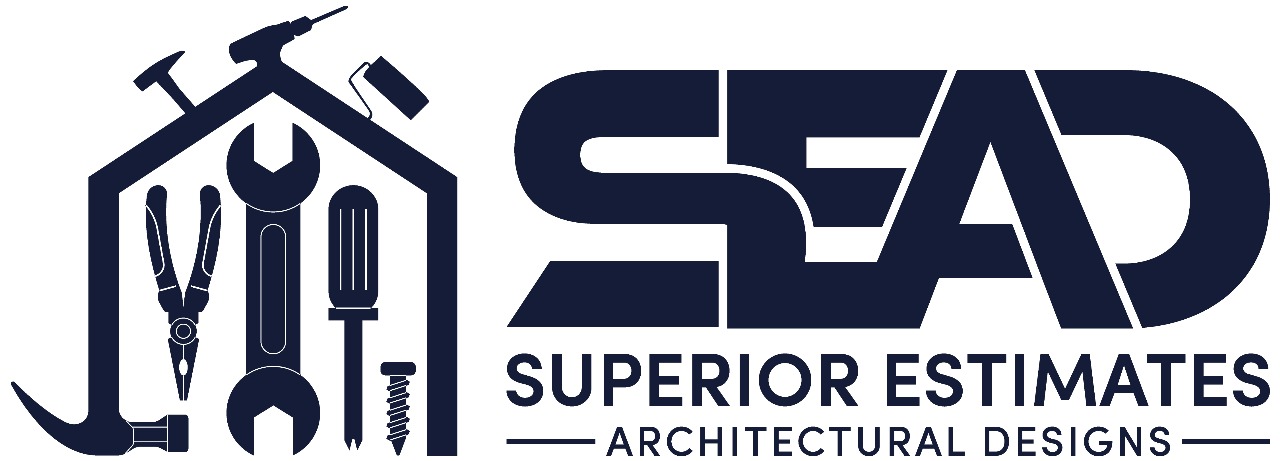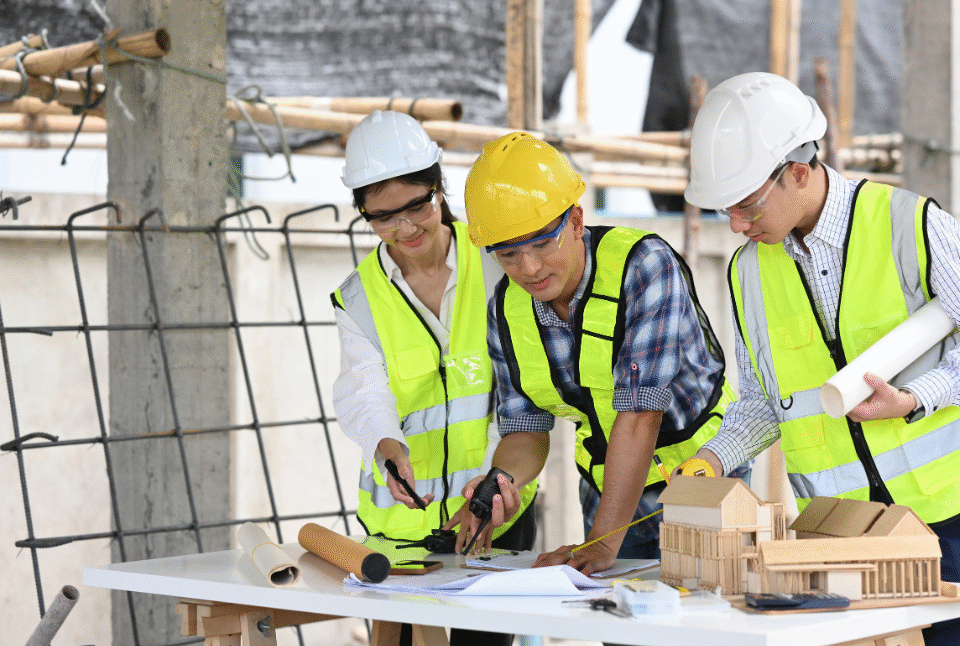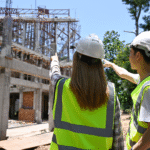With the construction industry changing at the pace of light, sustainability is no longer a choice but the very pillar of contemporary construction. With the intensification of environmental issues and tightening up of rules, architects, general contractors, and developers are adopting green buildings to respond to ethical and down-to-earth needs. SEADS has the belief that innovation and responsibility are synonymous. Our purpose is to facilitate environmentally responsible development by means of accurate estimating, intelligent design, and environmentally responsible building procedures.
Why is Sustainability in Construction Important?
Construction and operation of buildings consume close to 40 percent of the energy on the planet and represent an important proportion to greenhouse emission. As more climate goals are being made, including the Paris Agreement and Net Zero initiatives, the need for eco-friendly infrastructure is higher than ever. The green building practices not only minimise the carbon footprints but also supports public health, efficiency of the economy and provide local and global regulatory compliances. Apart from this benefit to the environment, sustainable construction also lowers operation costs, enhances tenant satisfaction, increases resale value, and creates a long-term resilience for property owners.
What Makes a Building Green?
A green building is not simply a building as people may view it; being the high performance system, it is aimed to ensure the efficient use of resources, the minimization of environmental impact, and the improvement of the inhabitants’ well-being. Green construction practices embrace use of renewable or reused materials, energy conserving systems, controls of water usage as well as attempts to minimize construction and demolition garbage. Also, placing a premium on indoor environmental quality means that buildings are healthier for the occupants. In SEADS we combine these principles, right from the first stage of estimating to design development, so that sustainability is built into the base.
Top Trends
- Integration of Renewable Energy and Net Zero:
Net Zero Energy buildings are gaining more attention from both the public and private sectors. By integrating renewable energy systems like solar panels, geothermal heating, and wind energy, these buildings generate as much energy as they use. This strategy generates long-term value while lowering reliance on fossil fuels. Early in the project lifecycle, SEADS assists in estimating the cost-effectiveness of renewable energy strategies.
- Materials for Sustainable Construction:
Because of their durability, strength, and environmental advantages, green materials like fly ash concrete, bamboo, recycled steel, and mass timber are becoming more and more popular. Construction is also changing as a result of innovations like hempcrete and 3D-printed concrete. At SEADS, we assess lifecycle performance at every stage of the estimation process, taking into account both material cost and long-term environmental impact.
- Design with an emphasis on health:
Low-VOC paints, intelligent ventilation systems, and biophilic design are becoming commonplace in sustainable buildings as the demand for healthier indoor spaces grows. The movement for healthier spaces is being propelled by certifications like LEED and WELL Building Standard. To guarantee the best possible health for building occupants, SEADS incorporates these components into our designs.
- Advanced Sustainability Estimating:
Reducing waste and improving sustainability require accurate estimation. PlanSwift, Bluebeam, and CostX are some of the sophisticated software tools that SEADS uses to generate precise quantity takeoffs and avoid overordering. By minimizing construction waste, this not only helps cut down on excess materials but also saves money and the environment.
- Compliance with Policy and Certification:
At SEADS, we make sure that all estimates and designs adhere to certification standards and green building codes such as the International Green Construction Code (IgCC), LEED, and WELL. In order to ensure legal compliance and help clients access available incentives and rebates, we also keep an eye on regional building ordinances.
How SEADS Provides Long-Term Benefits?
At SEADS, sustainability is not merely an extra service; it is a component of our routine. Every aspect of our work incorporates green building best practices, such as evaluating water conservation strategies, energy modeling and mechanical system estimation, and material selection analysis for eco-impact and availability. In addition, we offer cost-benefit analyses for LEED and WELL certifications, as well as consultation on automation and smart building solutions.
Conclusion:
Not only is sustainable building the way of the future, it is the way of the present. Green building offers social, economic, and environmental advantages while delivering resilience and performance now and in the future. SEADS is prepared to assist you in making more informed estimates and creating more environmentally friendly buildings, whether you’re designing a mixed-use commercial development, an eco-conscious school, or a net-zero office.



